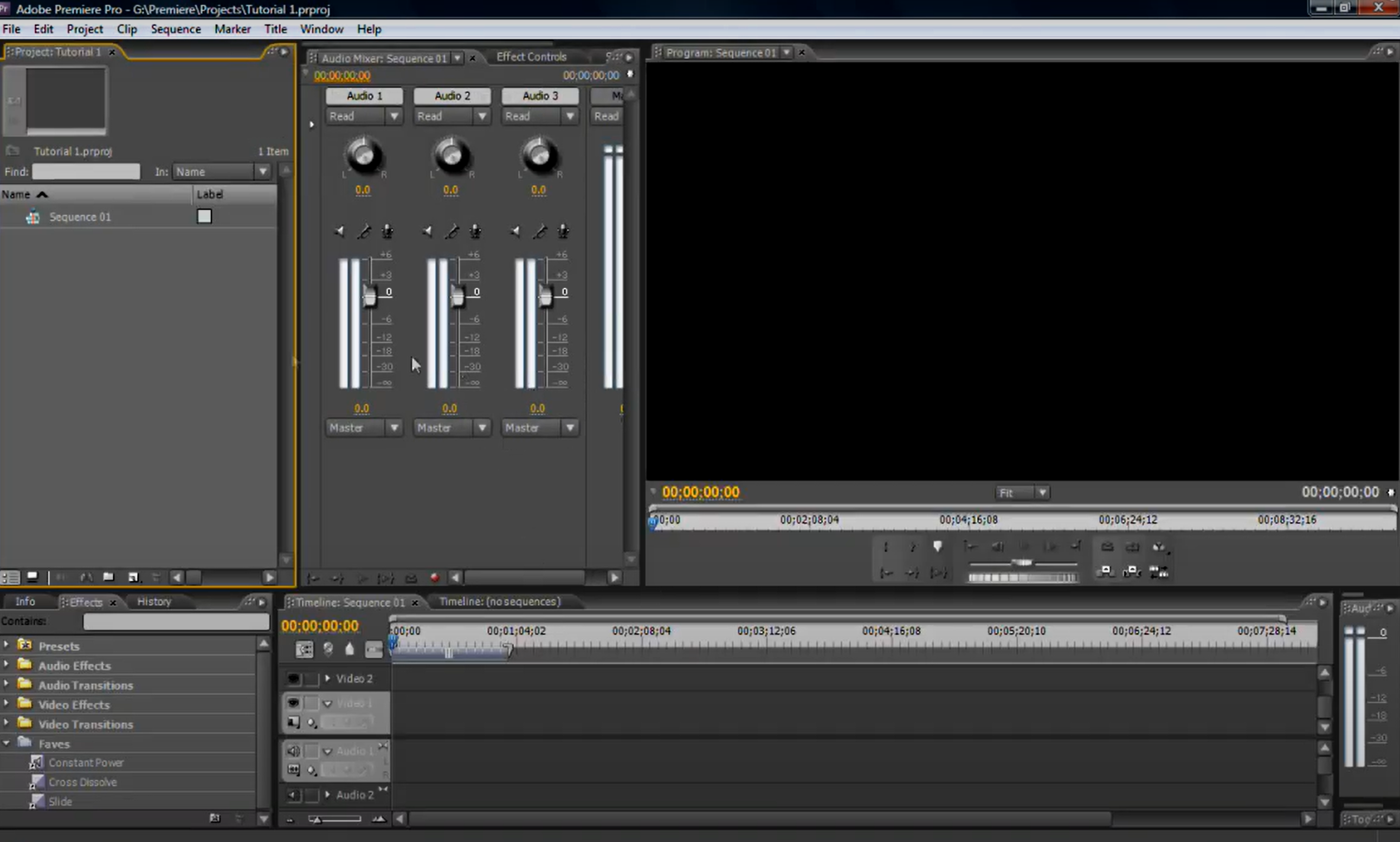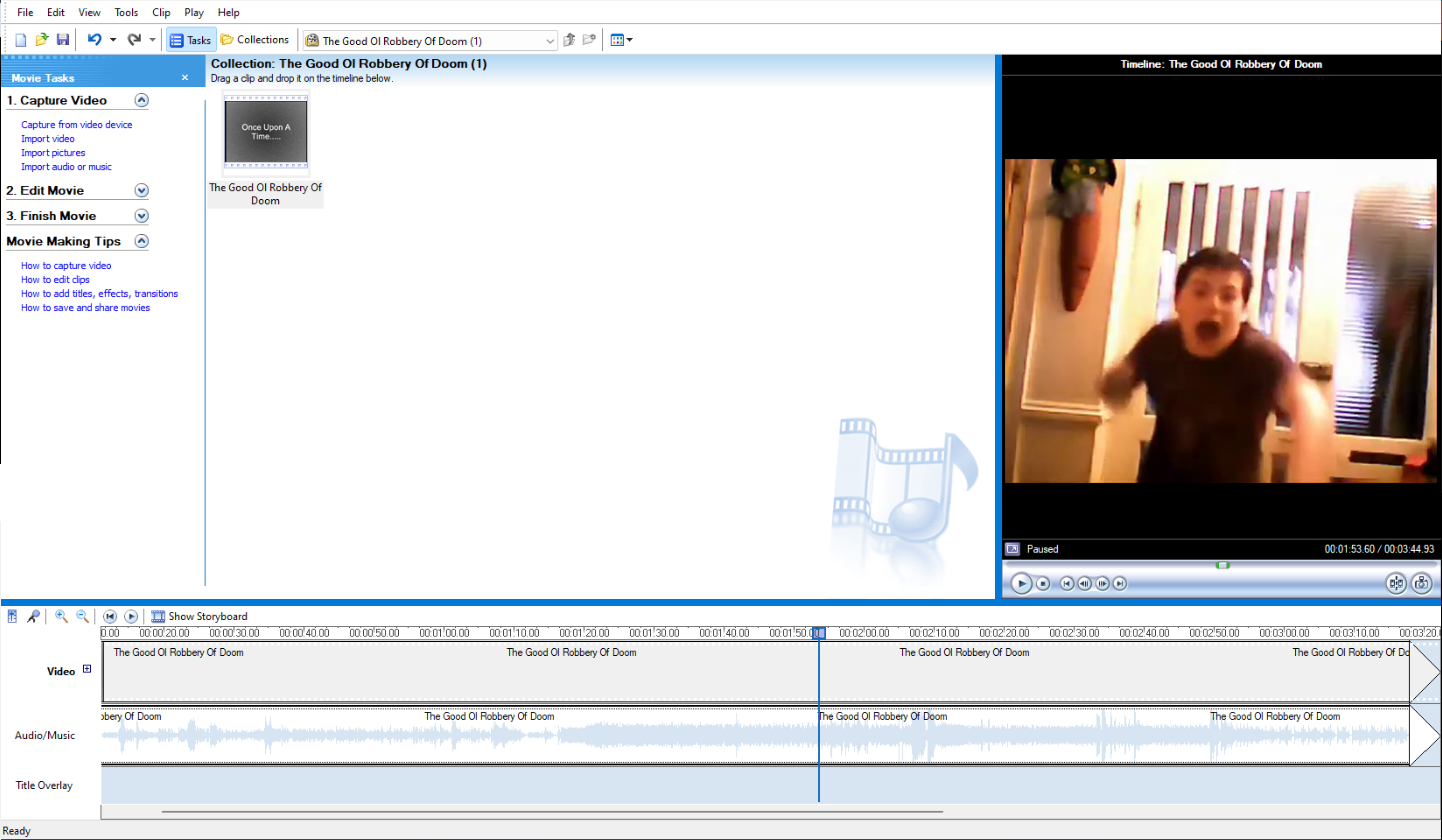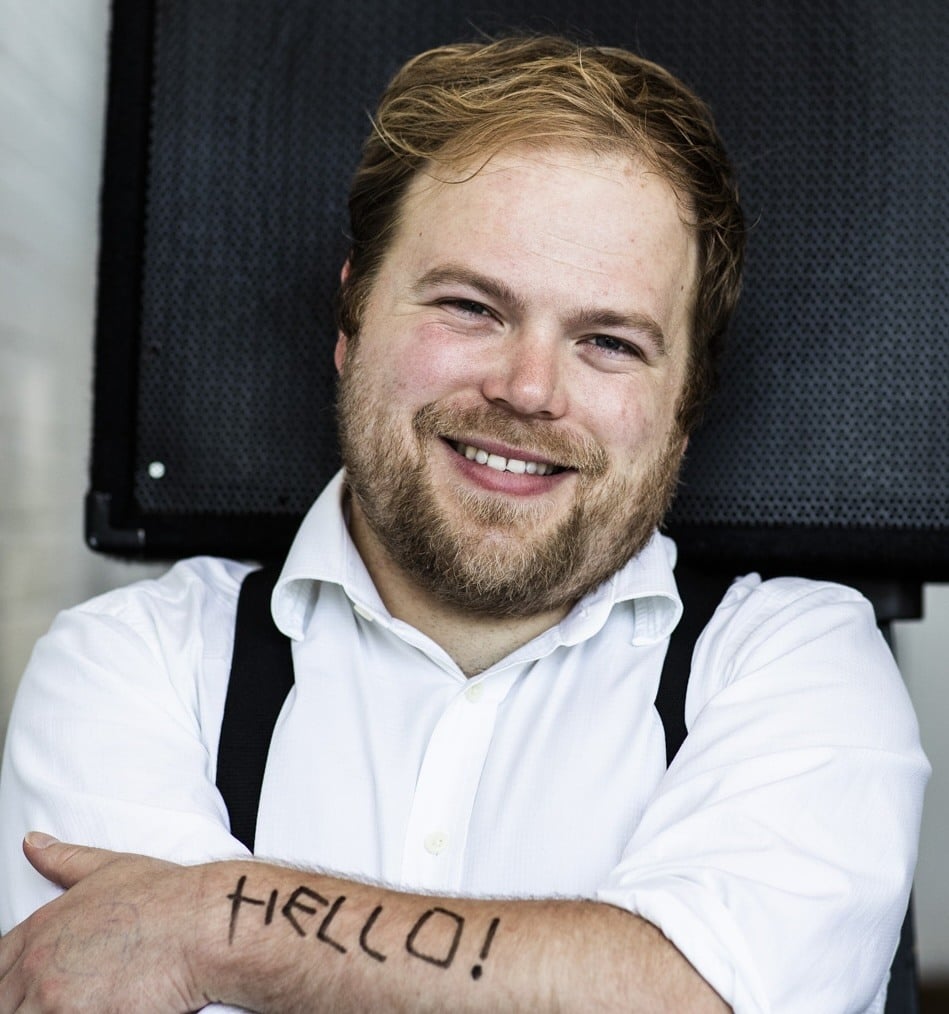
Chris Wells, one of the newest members of the RedShark team, on his journey and growth as a content creator, and how one company has been pretty much omnipresent...
I’m not saying I came screaming out of the womb wanting to make movies, but it was pretty close.
My millennial childhood afforded me the valuable perspective of witnessing how quickly the world can just suddenly change thanks to new technology. In a blink of an eye the internet went from making weird sounds when it turned on and connected via dial-up to suddenly being able to stream entire films in 4K instantly.
I remembered creating video always required some sort of disposable thing, whether actual film, or, more realistically for me, mini DV tape which needed to be ingested with just the right settings or your computer exploded (probably). Being about 13 and armed with a level of understanding of this stuff as deep and complex as a potato, meant filming on Windows Movie Maker with my webcam.

Memories...
While the interface and feature set was basic it taught me everything I needed to know about basic editing. Learning the magic of timelines, effects and cuts within that extremely limited system helped me avoid being overwhelmed to the point of quitting. Throw in that lifelong desire to be the ‘next big thing’ and living in pre-online tutorial times, and I was forced to experiment until things felt right.
This actually reminds me of editing on a basic phone-app video editor in the present day. If you ever want someone to learn basic editing, the amount of power and ability now available in the palm of one’s hand is mad. I remember having to leave videos exporting overnight just to view it in it’s full 240p glory.
Please don't watch / judge this/me
This was all originally uploaded onto Google Video with links shared via MSN messenger as YouTube wasn’t a thing yet and that’s how we rolled in early 2005. The idea of a big powerful algorithm that you needed to impress to get anywhere wasn’t something anyone thought was possible back then, I just wanted to share the result of my labours with my friends.
The need for more than one audio track
As those skills developed, so did the ambition to up my game, which had me smashing hard into the ultimate limitation of Windows Movie Maker XP for young filmmaker Chris - a single solitary audio track.
As one does at 16, I had crafted an exciting finger gun shootout that required layers of sound effects to craft my Matrix-style scene, forcing me to find an alternative, with that alternative ultimately being Adobe Premiere CS3.

Only the screenshots remind my nostalgiabrain that it doesn't look like Premiere today
Unbeknownst to me, as I started university I was part of a new wave of young videomakers moving away from the ‘professional’ NLEs in those fancy editorial rooms and those big, prohibitively expensive cameras you’d only ever read about on RedSharkNews.com.
We could finally use cheaper, sparkly DSLRs with video modes and interchangeable lenses for glorious footage and then edit in Premiere at home with as many audio channels as needed! We were Prosumers.
I could edit my overly shallow-focused videos, and they kind of looked like actual films! Plus, Adobe Premiere CS5 had a DSLR timeline sequence present—it’s like it was meant to be. As part of my Media Production degree, I also started dabbling in compositing and motion graphics in After Effects, and oh boy, the moment you press that motion blur effect toggle, it all makes sense.
It’s curious blurring things made them look 'more professional' in the early 2010s.
Thankfully, this was also the time of YouTube and its video tutorial power. With the help of channels like Andrew Kramer’s Video-Co-pilot, I was compositing handy premade blood splatter and explosion elements all over my masterpieces.
Dynamic Link love
I was also welcomed by my all-time favourite feature in Adobe’s products: the Dynamic Link. I love the ability to create composited shots in After Effects and then import them directly into Premiere. I can then change things in one piece of software and have them work in the other—it's like actual magic. If my fancy new motion blurred graphics didn’t line up in my timeline, it wouldn’t take an hour of exporting to rectify, an actual godsend when your project due date is in two hours.
Everything was handed in on DVD back then, so you betcha I learned how to craft a fabulous DVD menu in Adobe Encore (RIP). Once again, I used the magical Dynamic Link with Photoshop to create the best overly drop-shadowed buttons you could possibly imagine.
After graduating from University, I combined all those skills in making online videos for a local high school. Utilising the power of the media department’s cameras, I could film school concerts from multiple angles and use my Zoom H4n external audio recorder to get a line out of the desk.

The most used piece of equipment I've ever bought
The baseline at that point was just a single fixed camera at the back of the echoey hall, but now, with the power of Premiere’s multi-cam editing and Dynamic Link with Adobe Audition, I could make these concerts into real concert ‘movies’ with beginner musicians—the best low-stakes playground to hone and develop one’s skills with the freedom to fail. I even eventually mixed one in 5.1 surround sound; that concert DVD is still a technical peak for me (so far!). I just hope those students' parents didn’t lose my technical marvel in disk form!
In between work and silly personal projects, I used my DSLR not just as a video camera but as an actual photo-taking device, fully utilising my job’s Adobe subscription with the power of Adobe RAW editing in Lightroom.

The greatest photo I've ever taken
These skills accumulated as I eventually moved into the corporate world, taking the what I’d learned from the funtimes of low-stakes school content for parents on losable DVDs to working with actual paying clients with EXPECTATIONS. Fortunately, those skills did indeed pay the bills, and while nowhere near as fun, I felt like an actual professional who made actual professional video content you’d see on TVs in waiting rooms or on fancy .com websites.
I even did some stuff for RedShark News.
Over the years, I have experimented with oodles of different softwares and solutions for my output (as one should) but always end up coming back to the all-encompassing Adobe garden, where everything talks to each other with just the right words, now the only limitation to my creative goals being my laptop’s internals. After all, a tool is only a tool; it’s something to get you where you want to go.
And as I now move behind the curtain here at RedShark, I feel like I've finally arrived; ready to put all that experience to the test.
Tags: Production Editing Adobe Editing



Comments